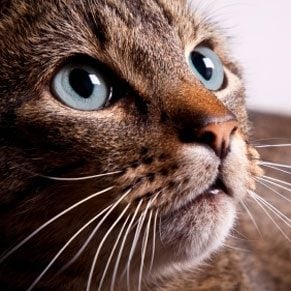
Different types of animals, including cats, have been sent to space to test out-of-orbit survivability.
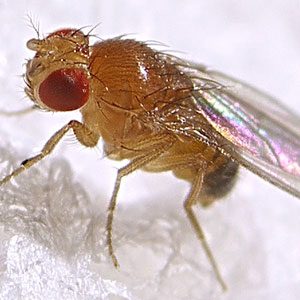
Fruit Flies
Fruit flies were the first animals sent to space aboard the U.S. V2 rocket in 1947. They were used in order to explore the effects of radiation exposure at high altitudes.
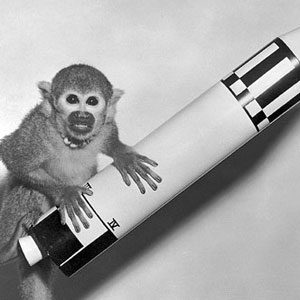
Monkeys
In 1959, a squirrel monkey named Miss Baker, along with Able, a rhesus monkey, became the first living beings to successfully return to Earth after travelling in space. Able died four days after their return while undergoing surgery to remove an infected medical electrode. Baker lived another 25 years, mostly at the U.S. Space and Rocket Center in Huntsville, Alabama.
United States
Numerous monkeys were launched into space by the United States between 1948 and 1961; many of them were put under anesthesia during launch and implanted with sensors to measure vital signs. The first astro-monkey was Albert, a rhesus monkey who rode to over 63 km (39 miles) on a V2 rocket on June 11, 1948. Unfortunately, Albert did not survive and died of suffocation during the flight. The launch was tried again on June 14, 1949, this time with Albert II, also a rhesus monkey. Albert II became the first monkey to reach space and return alive. However, he died on impact after a parachute failure.
On December 13, 1958, a U.S. Navy-trained South American squirrel monkey named Gordo, was ascended to a height of 310 miles in a Jupiter IRBM, AM-13. Gordo survived the entirety of his flight, but the recovery parachute failed to operate and Gordo and his capsule were subsequently lost at sea.
Bonny was a pig-tailed macaque launched by the Americans on a mission which lasted from June 29 to July 8, 1969. This was the first multi-day monkey flight, though human spaceflights were already common at the time. Bonny died within a day of landing.
France
In March of 1967, France launched a pig-tailed macaque named Martine on a Vesta rocket. Martine’s suborbital flight reached 150 miles and Martine became the first monkey to survive more than a couple of days after flying above the international definition of the edge of space (i.e. the Kármán line altitude of 62.1 miles above the Earth’s sea level).
Soviet Union/Russia
The Soviet Union and Russia launched monkeys between 1983 and 1996. Eight monkeys were sent to space by the Soviets in the 1980’s on Bion flights. The Bion program satellites used only the rhesus species. Lapik and Multik are the last space monkeys to date. They flew aboard the Bion 11 mission from December 24, 1996 until January 7, 1997.
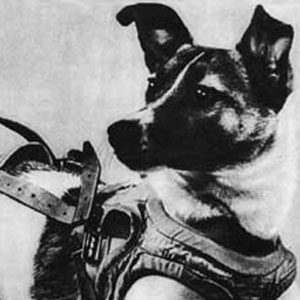
Dogs
In order to determine whether human spaceflight was possible, the USSR sent a number of dogs for suborbital and orbital space flights throughout the 1950s and 1960s. Laika, the infamous Soviet space dog, became the first animal to orbit the Earth but sadly, also the first orbital death. Very little was known about the impact of spaceflight on living things at that time, and many scientists believed that humans would not be able to survive the conditions of outer space, let alone the launch. The mission sparked a great deal of controversy across the globe, as Sputnik 2, (the second spacecraft ever launched into Earth’s orbit on November 3, 1957) was not designed to be retrievable and Laika had always been intended to die.
At least 10 other dogs were launched into orbit and numerous others on suborbital flights before Soviet cosmonaut Yuri Gagarin became the first human in space and the first to orbit the Earth.
On August 19, 1960, Sputnik 5 (also known as Korabl-Sputnik 2) carried the dogs Belka and Strelka. It was the first spacecraft to carry mammalian organisms into orbit and return them alive.
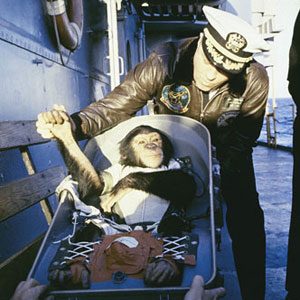
Chimpanzees
Before Alan Shepard Jr. made his famed first American space flight in 1961, a chimpanzee named Ham completed a successful suborbital flight in a Mercury capsule. Ham the Chimp, also known as Ham the Astrochimp was launched in a Mercury capsule aboard a Redstone rocket on January 31, 1961. When Ham was two years old, he began his pre-flight training at the Holloman Air Force Base Aero Medical Field Laboratory (hence the acronym HAM) and learned to correctly push a lever within five seconds of seeing a flashing blue light. Ham’s lever-pushing performance in space was only a fraction of a second slower than on Earth, demonstrating that tasks could be performed in space. This was a highly valuable contribution to space research.
Ten months after Ham’s space mission, another chimp named Enos successfully orbited the Earth. This was several months after Gagarin became the first human in outer space.
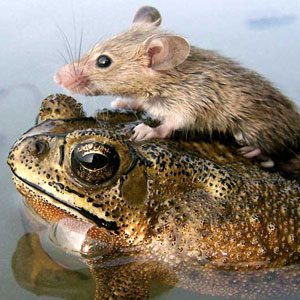
Guinea Pigs, Mice and Frogs Oh My!
On August 31, 1950, the U.S. launched a mouse 85 miles into space aboard a V2 rocket. The Soviet Union in the Vostok 3A flights of March 1961 launched mice and, for the first time, guinea pigs and frogs. China also launched guinea pigs in the 1990s.
Two bullfrogs were launched on a one-way mission on the Orbiting Frog Otolith satellite on November 9, 1970, to better understand the study of weightlessness and space motion sickness. The otolith is a part of the inner ear that is associated with equilibrium control. Researchers were able to collect neurophysiological data on the response of the otolith to prolonged periods of weightlessness.
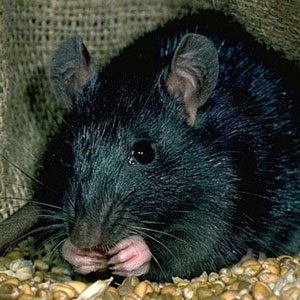
Rats
France flew the first rat into space on February 22, 1961. Two more rats were flown in October 1962. China launched mice and rats in 1964 and 1965.
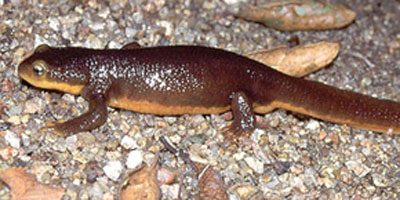
Newts
During the Bion program (a biomedical research mission involving nine countries) among the two rhesus monkeys onboard, named Gordy and Oomka, were ten male rats and ten newts. The newts had part of their front limbs amputated and their crystalline lenses removed to study the possible rate of human recovery from injuries incurred in space.
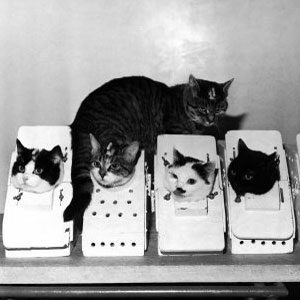
Cats
In 1963 the French government had numerous cats undergoing intensive training for possible space flight. Felix the cat was chosen to undertake the first mission, however he managed to escape and was replaced last-minute by Felicette. Felicette was launched into space on October 18, 1963, with electrodes implanted into her head to measure her neural impulses and transmit them back to Earth. The French Centre d’Enseignement et de Recherches de Médecine Aéronautique (CERMA), which directed these flights, stated afterwards that the cat had made a valuable contribution to research.
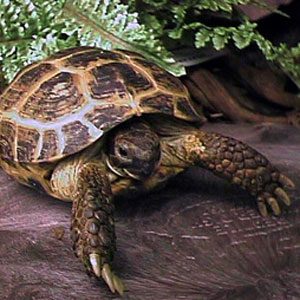
Tortoises
The first tortoise in space was launched September 14, 1968 by the Soviet Union. The Horsfield’s tortoise was sent on a circumlunar voyage along with wine flies, meal worms and other biological specimens. These were the first animals in deep space.
On an unmanned spacecraft called the Soyuz 20, launched by the Soviet Union on November 17, 1975, tortoises set the duration record for an animal in space when they spent 90.5 days in space.
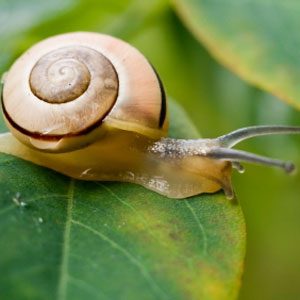
Other organisms in space
Other living organisms that have traveled to space include: ants, brine shrimp, desert beetles, crickets, snails, carp, medaka, oyster toadfish, sea urchins, swordtail fish, silkworms, golden orb spiders, carpenter bees, harvester ants, Japanese killifish, Madagascar hissing cockroaches, Mexican jumping beans, South African flat rock scorpions, tardigrades (i.e. water-bears), painted lady and monarch butterfly larva.